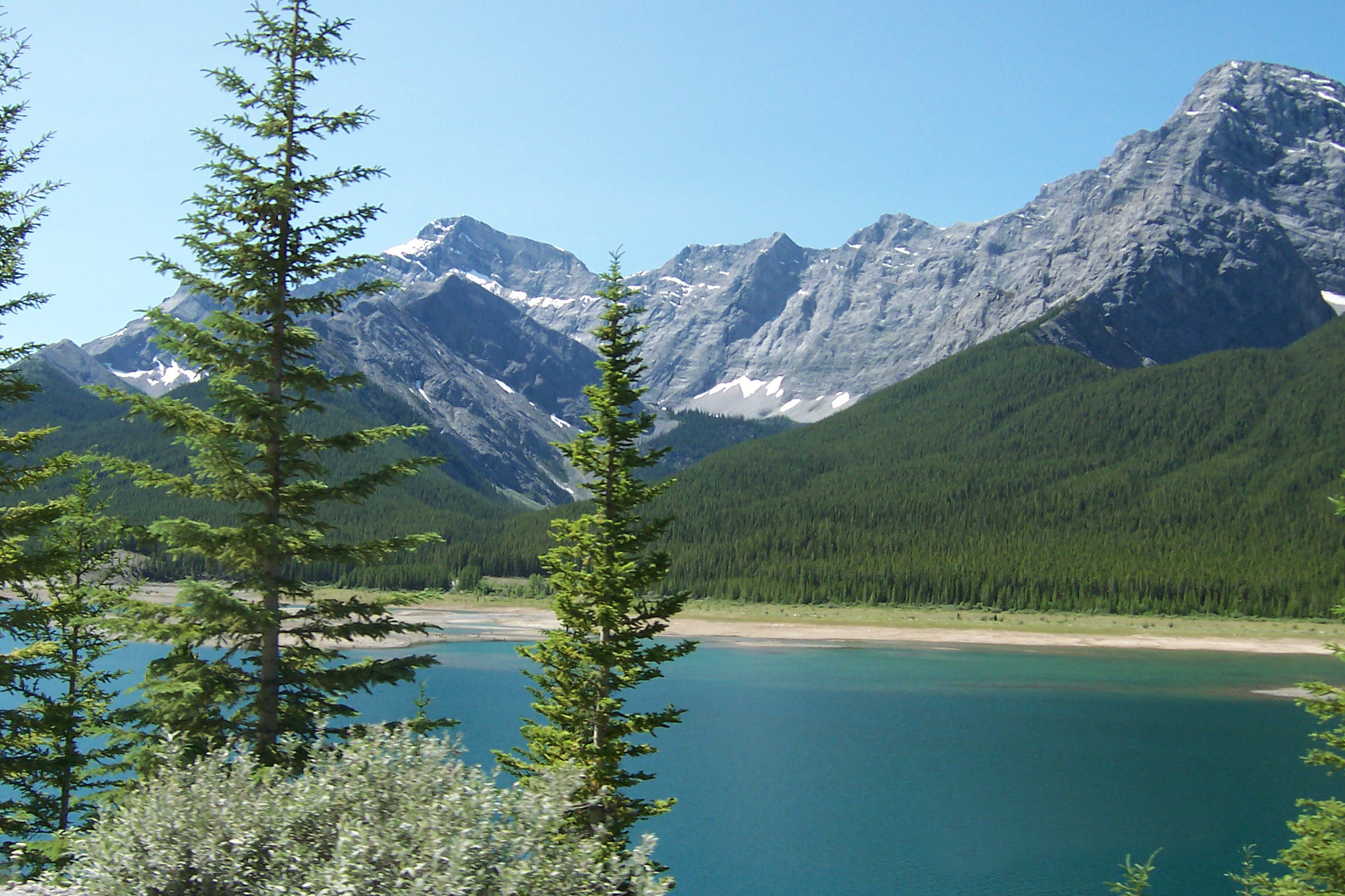Recently I read on a political blog written by someone on the East Coast that Southern Indiana, a Red State, hotbed of rednecks and KKK members, was a dangerous place. I could understand the “rednecks” part; it is rural in Southern Indiana and Indiana is a “red” state. However, the 9th Congressional District just dumped its Republican rubber stamp congressman Mike Sodrel and re-elected Democrat Baron Hill, who had served three previous terms before being beaten by Sodrel in 2004. It’s not all “red” out here.
The KKK was rampant in Southern Indiana—about 100 years ago. There are remnants, I hear, though they are a disrespected fringe. In my small town, a christian-hate group from Campbellsburg called the Old Path church annoys the community with anti-abortion, anti-fag protests on the town Square, complete with placards, chanting and taunting, and gruesome pictures of fetuses. This year the Old Path church group taunted children who were lined up to talk to Santa at Salem’s Santa House. When I was teaching, I read numerous student essays about the horrid protesters; the students were appalled at the demonstrations, especially the large posters of aborted fetuses. There is limited local support for this group’s point of view.
Salem, like many small towns across Southern Indiana, Ohio, and Illinois, was settled in the early 1800’s by Quaker families, among other Protestants, many of whom came up from North Carolina to escape the developing problem with slavery. The Quaker or Society of Friends church in Salem still meets, as does the one in Orange County. Salem is the site of the Blue River “Hicksite” church, a “liberal” group that pulled away fromother Quaker groups. The late Dr. Elton Trueblood, a famous Quaker scholar, grew up in Washington County, part of the local Trueblood family. Many local families are descended from these early Quaker settlers, including my two sons. I will point out the obvious by saying that people of Quaker persuasion and descent do not join groups such as the KKK.
Other religious groups that settled early in Southern Indiana include the Presbyterians and Methodists. The Salem Presbyterian Church was founded in 1817 and the Salem Methodist in 1816; the Baptists were here early, too. These churches were served by circuit riding pastors who were out on the frontiers very early in the foundation of the country. Pointing out the obvious again, members of such churches do not join the KKK. Mega churches are making their way into Southern Indiana life, but again, their members are not inclined to violence. It’s really quite safe out here.
Back in the late 1980’s and the 1990’s, every summer Max and I used to travel to Maine and New England. We found rural Maine to be very similar to rural Indiana. However, in conversations with the Maine locals, we discovered people who thought we lived in log cabins in Indiana and still had problems with the local Indians. Sadly, the Indians were run out of Indiana by the U.S. Army shortly after the time of Lewis and Clark—and log cabins, while featured at many state parks, are not used for habitation. Well, that is not exactly true—lots of people now build expensive log cabins with trees hauled in from places like Georgia.
When Jim played basketball at William and Mary, we had similar conversations with East Coast basketball parents, who regarded us as total “hicks from the sticks.” It suited me to let that judgment stand; I certainly did not want to be like some of them. Conversations about possessions and status bore me to tears. W & M team players who came out to be groomsmen in Jim’s wedding enjoyed driving around the county, shouting “cows! horses! pigs! sheep!”—as they viewed the local farms. City boys from places like New York City, they had never seen rural settings. Several East Coast basketball recruiters were astounded at the beauty of rural Southern Indiana, in contrast to the over-populated coast. Washington County has 27,000 citizens and seems fairly well populated to me, especially in contrast to areas in Kansas, Nebraska, Wyoming, Montana and other Western states.
Perhaps the uneven media reports play a part in making Southern Indiana seem dangerous to East Coasters. Nutcakes like John Lewis of Old Paths church receive lots of press [his activities Google right up], while the peaceful daily life in our area goes unreported. Oh…..scary things happen. My mother once tracked Max and me down in Clarion, Pennsylvania, where we had stopped for the night in route to New England. [She never would admit to how many motels she called]. We arrived at our motel to be handed a message to call home immediately—-rather startling since we did not have a reservation. When we did, we discovered that bombs had been planted all over Salem and things were in an uproar. We watched the news reports on national TV that night, called our children and ascertained that they were safe, and decided to proceed on to Maine. When we came home two weeks later, the ATF were still camped in Max’s office.
Several of my former students are now living and working in New York City, Philadelphia, Washington DC, Indianapolis, Chicago, and other urban places. They seem to be thriving, able to move from small town life to urban areas with aplomb. Maybe some of the “coasters” should visit the Heartland. The people here are fine folks—and it really is quite safe out here.

Thanks for clarifying that, everything is much clearer now.